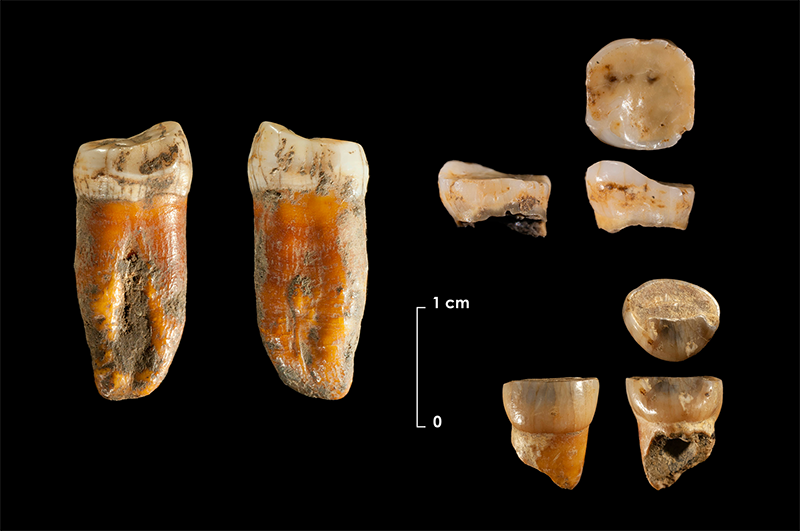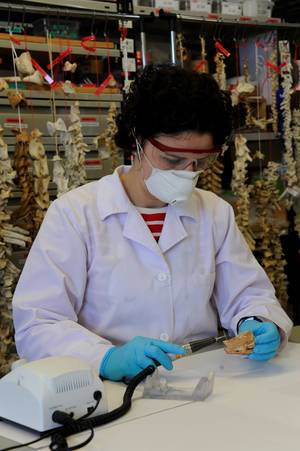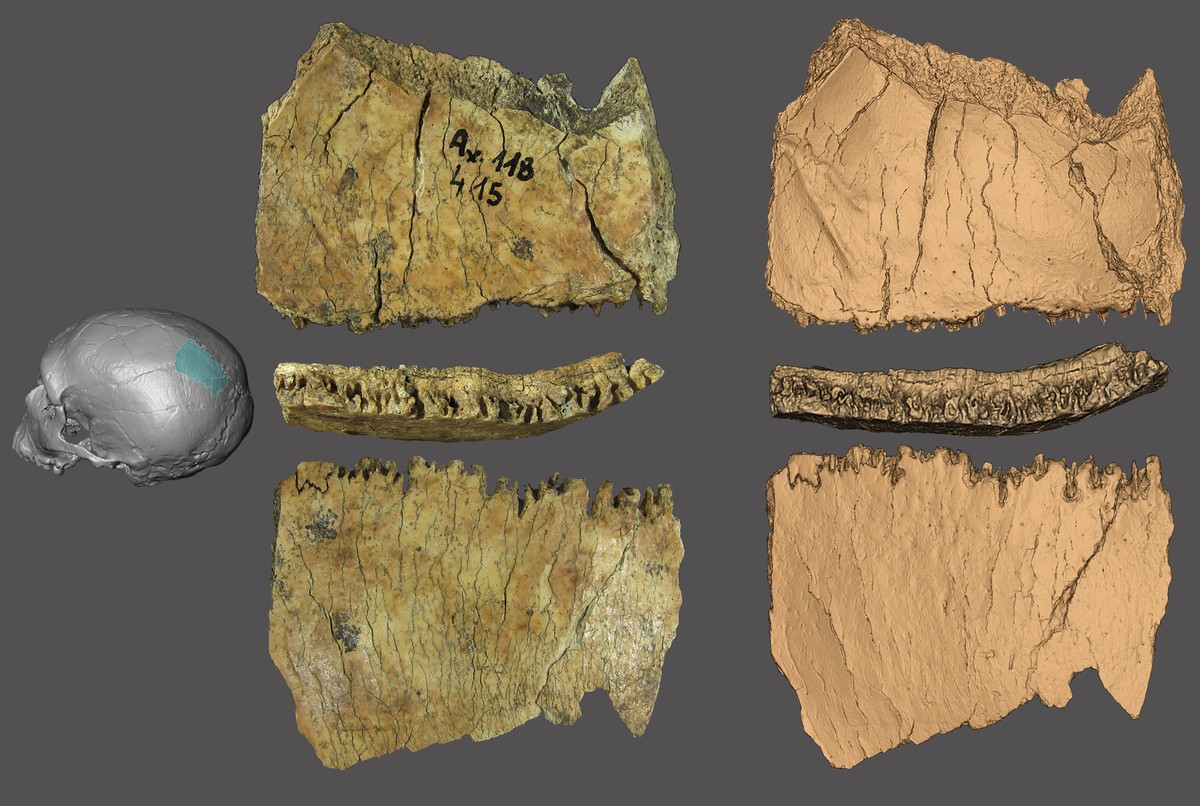They found the teeth of Neanderthals 100,000 years ago in Axlor
2024/03/19 Galarraga Aiestaran, Ana - Elhuyar Zientzia Iturria: Elhuyar aldizkaria

At the site of Axlor (Dima), researchers at the International Institute of Prehistoric Studies in Cantabria (IIC) have discovered human fossils from about 100,000 years ago. Specifically, they are the teeth of two children aged 10-12 years and a young adult, one of the oldest known in the northern Iberian peninsula.
The results of the study have been published in the journal Journal of Human Evolution, and the director Jesús González Urquijo has explained that the dental characteristics of adults correspond to the specific anatomical characteristics of the Neanderthals of the Iberian Peninsula. In fact, in some respects they resemble sapiens teeth, which could be the expression of peninsular endemism.
This time of 100,000 years ago was special in European demography, as it was prior to the Neanderthal relationship with sapiens, and the fossils found before the Neanderthal expansion in Central Asia ere.Axlorren show a great continuity of European Neanderthals.
In addition, a new methodology for taxonomic classification has been used during the research. In fact, differences between Neanderthal and sapiens teeth are minimal, therefore, geometric morphometry data have been used to obtain solid conclusions. For example, they have been measured in the external surface, but also in relationships between dentin enamel and cement dentin. For this purpose, computerized axial microtomography was used.
The IIPC study is part of an international project to analyze the evolution of Neanderthals living between 100.000-40,000 years.

Gai honi buruzko eduki gehiago
Elhuyarrek garatutako teknologia






